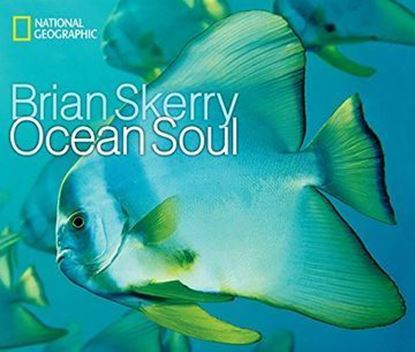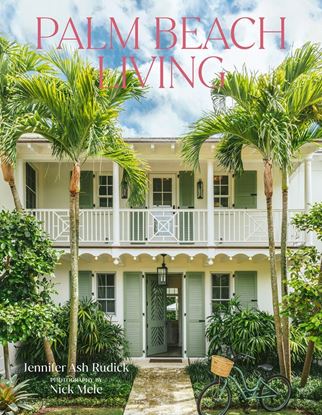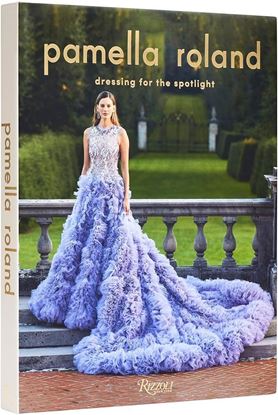

OCEAN SOUL (B) (OF3)
Ocean Soul is a love story. It is a story of discovery. It is a story of hope. The story begins when a boy who loves the sea attends an event with underwater photographers and has an epiphany: "I had always wanted to explore the oceans, but I now understood how I would do this. I would do it with a camera." With sheer determination, hard work, and a little bit of luck the boy, named Brian Skerry, realized his dream with more than 20 awe-inspiring articles for National Geographic magazine. Now, with Ocean Soul, he showcases his stunning photography and describes his adventurous life in a gripping portrait of the ocean as a place of beauty and mystery, a place in trouble, and ultimately, a place of hope that will rebound with the proper attention and care.
995
796
OPERA SIGLO XX Y XXI. DE LA TRADICION A
La ópera 'no es una reliquia del pasado'; es un mundo vivo en el que se reflejan los cambios culturales y sociales. Así lo demuestra Tomás Marco en esta ambiciosa cartografía mundial del genero que recorre el último siglo y cuarto, aproximadamente, de su historia. De Puccini, Strauss y Janác?ek hasta Pedro Halffter, Michel van der Aa, Toshio Hosokawa o Rachel Peters, pasando por Schönberg, Britten o Stockhausen, a lo largo de estas páginas asistimos, fascinados, a la disolución de su forma decimonónica hasta sus mutaciones más experimentales. No se había escrito antes una obra de esta envergadura sobre la ópera de nuestros días. 'Durante el siglo XX, todo, sometido a una presión tremenda, saltó por los aires. Fue una lucha sin cuartel. Había que encontrar nuevos caminos que permitieran la supervivencia del genero. Se siguieron viejas fórmulas, se crearon otras nuevas, algunos creyeron que la ópera estaba muerta, que ya no servía, y se negaron a componer obras líricas; otros -la mayoría- aceptaron el reto y consiguieron en algunos casos resultados formidables.
1,700
1,360
PACIFIC NATURAL
Both practical and inspiring, the first book from Jenni Kayne--the creator of the eponymous lifestyle brand--offers ideas and tips for entertaining and living well throughout the year.
Jenni Kayne embodies an effortless aesthetic, where natural beauty is found in every detail. Pacific Natural illustrates Jenni's conscious way of living through personal anecdotes and tips with Jenni's home state of California serving as the backdrop. Organized by season, this entertaining book is your guide to creating special moments with family and friends. Each chapter includes tabletop ideas, simple crafts, tips for keeping a stocked kitchen and pantry, what to plant in your garden, and healthy, delicious recipes. From an apple harvest dinner and at-home herb drying in the fall, cocktail parties andDIY gift ideas in the winter, flower arranging in the spring and a beach picnic in the summer, Jenni shares her philosophy for creating traditions and living mindfully all year long.
A thoughtful hands-on approach for stylish and balanced living, Pacific Natural shows us how to make the most of the time we spend together, treating life's details with creativity and care.
3,200
2,560
PALM BEACH LIVING
From charming bungalows to sleek minimalist houses and apartments to restorations of iconic Mediterranean Revival residences to a garden dotted with oversized insect sculptures, the homes showcased in Palm Beach Living are as distinctive as they are representative of the ever-evolving design trends on the nation’s most exclusive barrier island.
Some of the homes incorporate the exuberant colors of the island’s flora; others opt for a soothing, more neutral palette to contrast with the surrounding landscape. All embrace indoor-outdoor living, and each reflects the unique aesthetic of the owner.
Guided by native Palm Beacher Jennifer Ash Rudick, with photographs by Nick Mele, “a modern-day Slim Aarons,” readers are granted an intimate look at the best in tropical living.
This gorgeous coffee table book highlights the work of renowned architects—from the legendary Maurice Fatio and John Volk to Daniel Kahan, Fairfax & Sammons, Jeffrey W. Smith, and David Fox & Chris Stone—superb landscape designers, including Mario Nievera, Jorge Sánchez, and Fernando Wong, and such world-class interior designers as Tom Scheerer, Amanda Lindroth, Mark D. Sikes, Jonathan Adler, Frank de Biasi, Mimi McMakin, the late Carleton Varney, and Kim Coleman.
5,800
4,640
PAMELLA ROLAND
No Hollywood red carpet is ever without an A-list celebrity wearing one of Pamella Roland’s signature megawatt dresses that never fail to catch the light of a camera. Since the American fashion designer’s debut eveningwear couture collection at New York Fashion Week in 2002, Roland has been a perennial favorite for women and celebrities alike who aren’t afraid of being in the spotlight.
Each page of this dazzling debut book features the opulent, sophisticated, and undeniably feminine cocktail dresses, evening gowns, and luxurious women’s resort wear that have made Roland a mainstay in the closets of everyone from Hollywood starlets to customers outside the fashion centers of New York and Los Angeles. Colorful, eye-catching photographs reveal Roland’s design process and creation of her gowns, including sketches, inspirational reference material, snapshots of memorable runway and red-carpet moments, and the debut of her new fragrance. Featured in the book are many of Roland’s devoted friends and clients including Vanessa Williams, Paris Hilton, Mindy Kaling, Kim Cattrall, Debra Messing, Chrissy Teigen, Gigi Hadid, Halle Berry, Rosie Perez, and Eva Longoria, among others. A tribute to the bedazzled, embroidered, and glitzy dresses worn by Hollywood elite, New York socialites, and women across the globe—this volume is a beautiful addition to the libraries of fashion, design, and style lovers.
4,995
3,996














